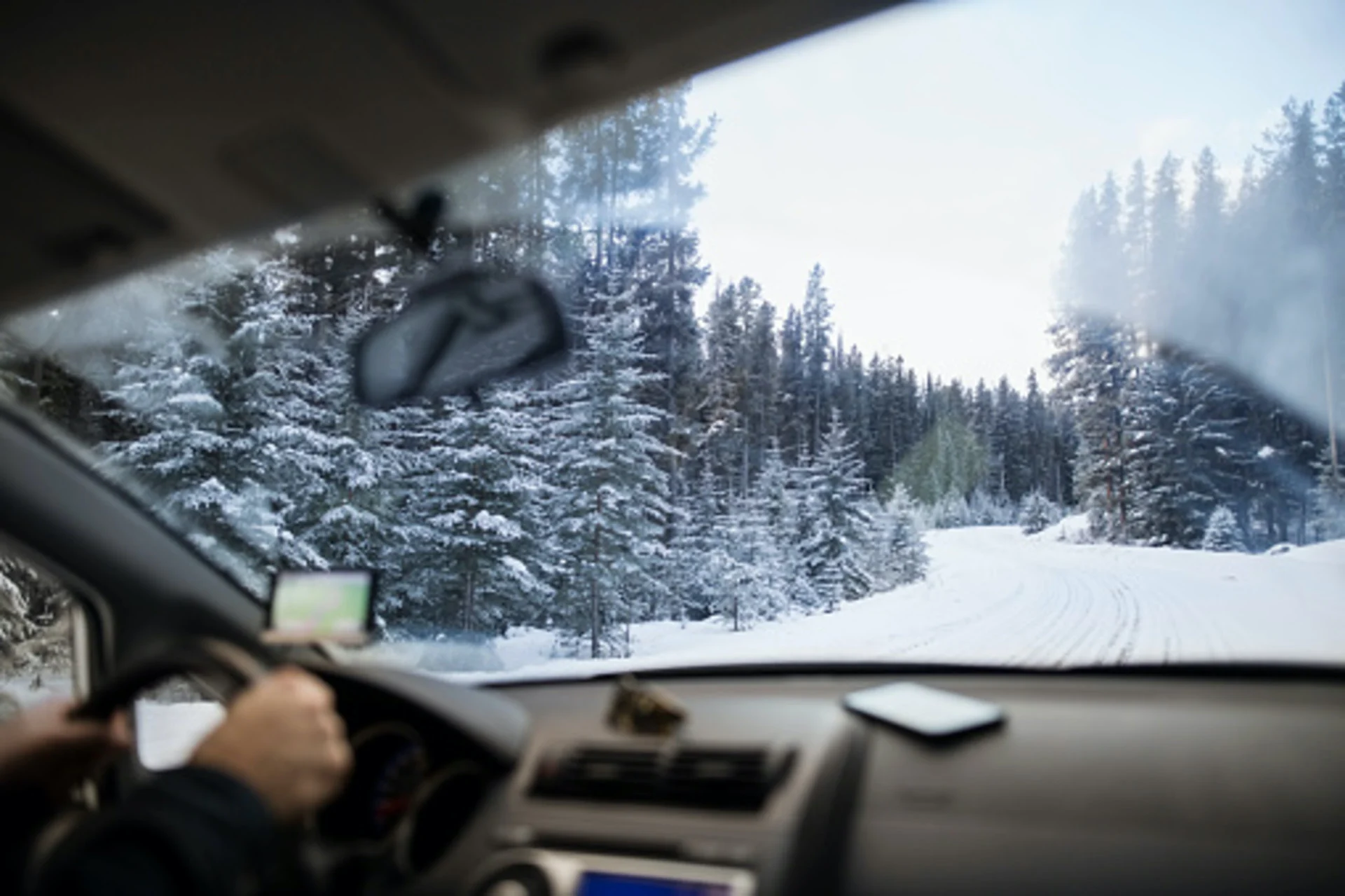
Ice & Snow: How to master the art of winter driving
(dpa) - Unless you are one of the people who lives in a part of the world that gets blanketed in snow for weeks and months during the winter, there's a danger of complacency for drivers. "When do we ever get snow?" is a phrase you are likely to hear frequently.
It's something that exasperates experts like Bernd Stuermer from the German safety organisation Tuev Nord.
"We are experiencing extreme and rapid changes in the weather more and more often," he says. "Drivers must expect to encounter difficult road conditions in the winter months."
The first thing to be aware of, he says, is that your summer tyres won't be able to cope with snow and ice, as the rubber compound is not designed for prolonged low temperatures.
IF YOU ONLY HAVE 2 WINTER TIRES, SHOULD THEY GO ON THE BACK OR FRONT? WATCH BELOW:
CARE WITH ACCELERATOR AND BRAKE
In general, cautious driving is required in winter. "Fast acceleration and heavy braking should be avoided, as well as hasty steering movements that can quickly cause the car to skid," says Stuermer.
If the road situation is unclear, for example because snow is falling or temperatures have reached freezing point, Stuermer advises a quick test of your brakes on an open stretch of road.
The German Road Safety Council (DVR) recommends drivers to have extra safety training to cope with wintry conditions.
"That's always worthwhile," says Welf Stankowitz of the DVR, "because experience shows that drivers then drive much more safely."
One of the main focuses of the training is correct braking technique. Many drivers are afraid to brake fully in ice and snow. But that is exactly the right thing to do, the expert says. The electronics in the anti-lock braking system then regulate the braking process optimally, so that the vehicle can still be steered to take evasive action.
SAFE, CONTROLLED SKIDDING
Many countries have driving safety centres where these techniques can be taught and practised.
"The slippery road surface can be well simulated," says Andreas Hoelzel from the German motoring organisation ADAC. "In training, you can then practise how the car behaves differently in snow and ice, even at low speeds."
A one-day course won't cost too much, and drivers are always taught in their own car.
"During the training sessions, the car driver gets a feel for what to do if he starts slipping or skidding on slippery surfaces," says Hoelzel.
The decisive factor, he says, is that drivers learn the competence for risky and dangerous situations during the exercises and can then apply it when it really matters.
Curves can be particularly treacherous in winter, for example when they are partially icy. "In such areas it is particularly important not to accelerate too fast, to steer evenly and under no circumstances allow the tyres to block," says Stuermer.
MANUAL OR AUTOMATIC?
Opinions often differ widely when it comes to the question of whether manual or automatic transmissions are the better choice. When driving on wintry roads, however, experts believe that the automatic has an advantage.
Andreas Hoelzel says that starting an automatic up is usually easier on snowy roads. "But no matter whether it's a manual, automatic or all-wheel drive - without good, suitable tyres nothing really works well on slippery roads," he says. "Everyone brakes equally badly if the tyres aren't right."
It is also important to keep a greater safety distance - this will give you more room to stop in time if others get into trouble.





